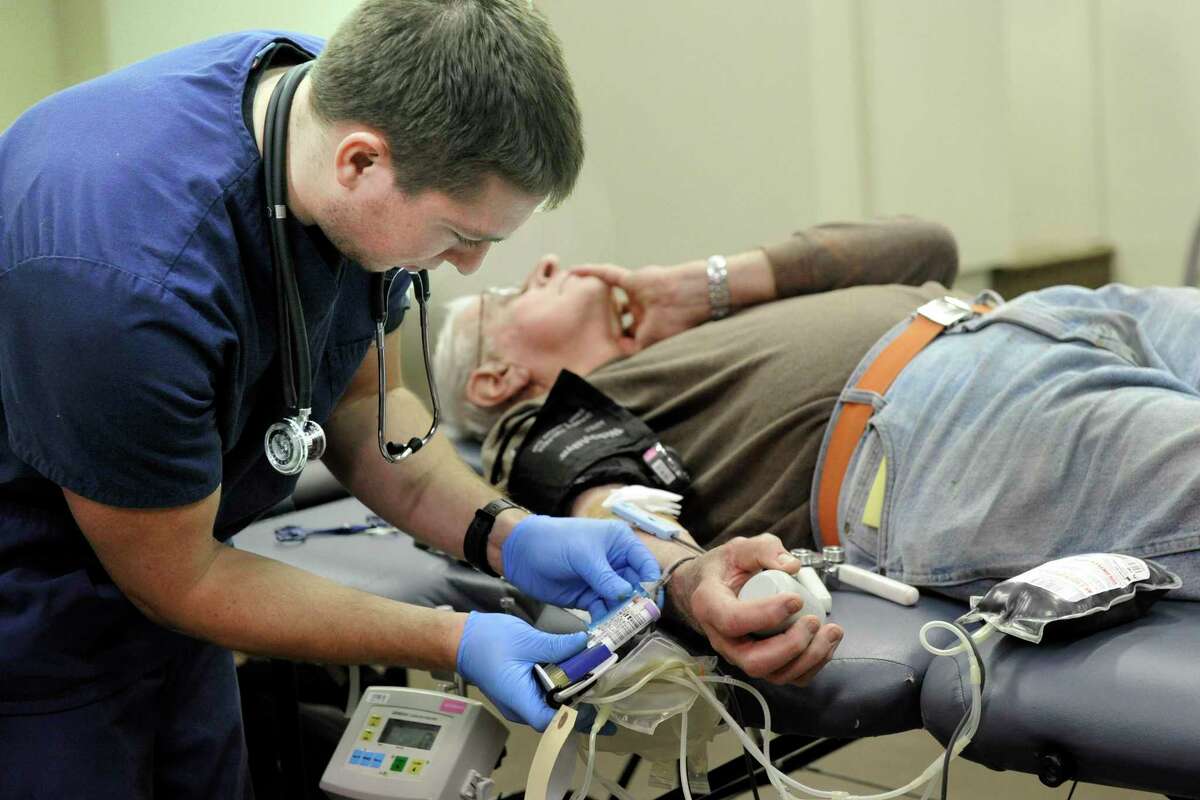Last Updated on November 13, 2025 by Bilal Hasdemir
Caring for patients with sickle cell crisis needs a detailed and team-based approach. At LivHospital, we grasp the challenges of this urgent condition. We aim to offer top-notch healthcare.
Sickle cell disease impacts millions globally, with hospital stays increasing. It’s key to have effective, supportive care for these patients. Our team is ready to provide the best care, following the latest medical guidelines.

Recent studies show that managing vaso-occlusive crises involves quick diagnosis and stopping damage. We focus on patient care, making sure our patients get the best treatment.
Sickle cell crisis is a major cause of illness in those with sickle cell disease. It’s a medical emergency that needs quick and effective treatment. This is to prevent serious problems and improve health outcomes.
Managing a sickle cell crisis means knowing how it works. Vaso-occlusive crisis happens when sickled red blood cells block blood vessels. This causes tissue damage and pain. The reasons behind this are complex, including inflammation, blood vessel problems, and sickled red blood cells.
The reasons for vaso-occlusive crisis in sickle cell disease are many. It starts with sickled red blood cells because of abnormal hemoglobin. This makes the red blood cells stiff and more likely to block blood vessels.
Knowing how it works is key to treating it. Pain control is a big part of treating a sickle cell crisis. It often needs a mix of medicines and other treatments.

Sickle cell disease is a big health problem worldwide. It affects millions of people. The disease is more common in places where malaria used to be common because the sickle cell trait protects against malaria.
The disease is becoming more common because people are living longer. This is thanks to better healthcare and people moving to new places. It means more people need care for sickle cell crisis and its problems.
To manage a sickle cell crisis well, we need to understand it and know about its spread. This helps doctors use treatments like hydration therapy and oxygen supplementation to help patients.
Managing sickle cell crisis in the emergency room is key. When a patient comes in with a crisis, the team must quickly ease pain, restore fluids, and ensure enough oxygen.
Quick triage is vital in the emergency room. Emergency department sickle cell protocol focuses on fast pain, hydration, and oxygen checks. This quick action helps improve care and results.

Using set protocols makes care faster and more effective. It ensures all patients get the right treatment quickly.
Managing pain is key in treating vaso-occlusive crises. Pain control vaso-occlusive crisis strategies include opioids and comfort measures. It’s important to check pain levels often and adjust treatment as needed.
Combining medicine with comfort and hydration helps manage pain better. This approach improves patient comfort.
Hydration therapy sickle cell crisis is essential to avoid dehydration. Oral hydration is best, but IV fluids are needed for those who can’t drink.
Using isotonic solutions like normal saline helps maintain fluid balance. This keeps organs working well.
Oxygen is vital for patients showing signs of low oxygen or acute chest syndrome. Oxygen therapy is monitored with pulse oximetry. This ensures oxygen levels stay within a safe range.
Monitoring oxygen levels closely helps prevent tissue damage. It also lowers the risk of serious problems.
Managing sickle cell crisis means spotting and treating serious problems quickly. Patients face many serious issues during a crisis. We’ll look at how to handle these, like acute chest syndrome, preventing infections, checking for strokes, and using transfusions.
Acute chest syndrome (ACS) is a big problem for sickle cell patients. It shows up as a new lung issue on X-rays, with fever, breathing troubles, or chest pain. Quick action and treatment are key to stopping it from getting worse.
Managing ACS includes a few important steps:
People with sickle cell disease get sick more easily because their spleen doesn’t work properly. Stopping infections is very important in managing a crisis. This means getting shots, using antibiotics when needed, and treating infections fast.
When infections happen, choosing the right antibiotics is critical. The choice depends on the area’s bugs and the patient’s past infections.
Stroke is a serious problem for sickle cell patients, and it’s more likely during a crisis. Checking the brain quickly is vital for catching it early. We suggest regular brain checks, looking at mental state, nerve function, and muscle strength.
For those at high stroke risk or who’ve had strokes before, using transcranial Doppler ultrasonography is helpful. It checks blood flow in the brain without surgery. This test can show who might need regular blood transfusions to lower stroke risk.
Transfusions are key in managing sickle cell crisis complications. Simple transfusions increase normal red blood cells, helping with oxygen. But, they can also make blood thicker, which might worsen blockages.
Exchange transfusions reduce sickled red cells and keep blood flow better. They’re best for severe cases, like ACS or stroke. Choosing between simple and exchange transfusions depends on the situation, the patient, and what’s available.
Managing a sickle cell crisis needs a detailed plan. This includes watching patients closely and working together as a team. This way, patients get the right care and support to handle their condition well.
It’s key to check vital signs and lab results to see how sickle cell crisis is affecting patients. Important signs include oxygen levels, blood pressure, and body temperature. These help spot problems early.
Lab tests like complete blood counts and reticulocyte counts give insights into the blood. They help doctors decide on transfusions.
Nurses are very important in caring for sickle cell patients. They watch over patients and give treatments as needed.
Nurses also teach patients about their disease. They help them know how to manage their condition and follow treatment plans.
Getting advice from hematologists is key for complex sickle cell cases. They help with transfusions, pain control, and more.
It’s also important to plan for follow-ups. This makes sure patients keep getting the care they need. It includes setting up future appointments and working with other doctors.
Psychosocial support is vital for sickle cell patients. They often feel stressed and anxious because of their condition.
Offering psychosocial support and education helps patients deal with their disease better. This support can include counselling, group meetings, and learning materials.
Managing sickle cell crisis needs a team effort. At LivHospital, we focus on sickle cell crisis management priorities. We aim to give top-notch care to patients from around the world.
We use the latest methods and multidisciplinary care sickle cell crisis plans. Our goal is to help patients get better from vaso-occlusive crises and other serious issues. Our team works hard with patients and their families to offer care that fits their needs.
We’re dedicated to improving care for sickle cell disease patients. Our goal is to help those affected by this disease in a meaningful way. We want to make a difference in their lives.
The main goals are to control pain, keep the patient hydrated, and provide oxygen. We also focus on preventing infections and managing serious problems like acute chest syndrome and stroke.
We use medicines like opioids and non-opioids to manage pain. We also teach patients relaxation techniques and use heat therapy to help.
Hydration is key to preventing dehydration and reducing risks. We use proven methods to ensure patients stay hydrated.
We give oxygen when patients show signs of low oxygen or acute chest syndrome. We watch their oxygen levels closely.
We prevent infections with vaccines, antibiotics, and quick treatment. We also teach patients about good hygiene.
Acute chest syndrome is a serious condition with a new lung issue. We treat it with oxygen, pain relief, and antibiotics. We also monitor and support the patient closely.
Transfusions help by reducing risks and managing severe anemia. We weigh the benefits and risks for each patient.
We watch them with vital signs and lab tests. Our team, including hematology and nursing, also checks on them regularly.
We offer support and education for the emotional and mental aspects of the disease. Our team helps create a care plan that meets each patient’s needs.
Subscribe to our e-newsletter to stay informed about the latest innovations in the world of health and exclusive offers!